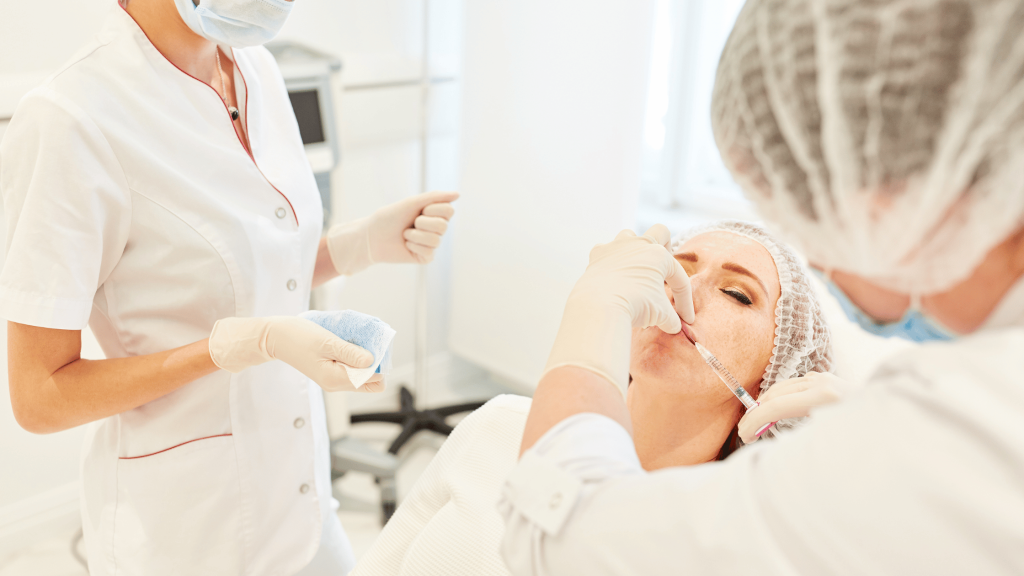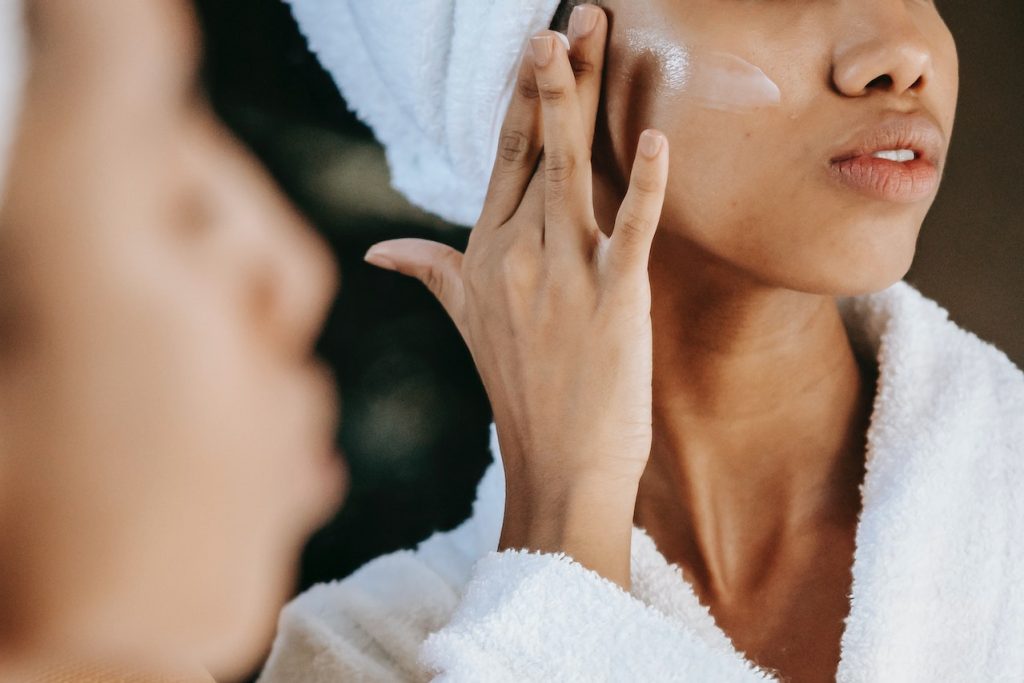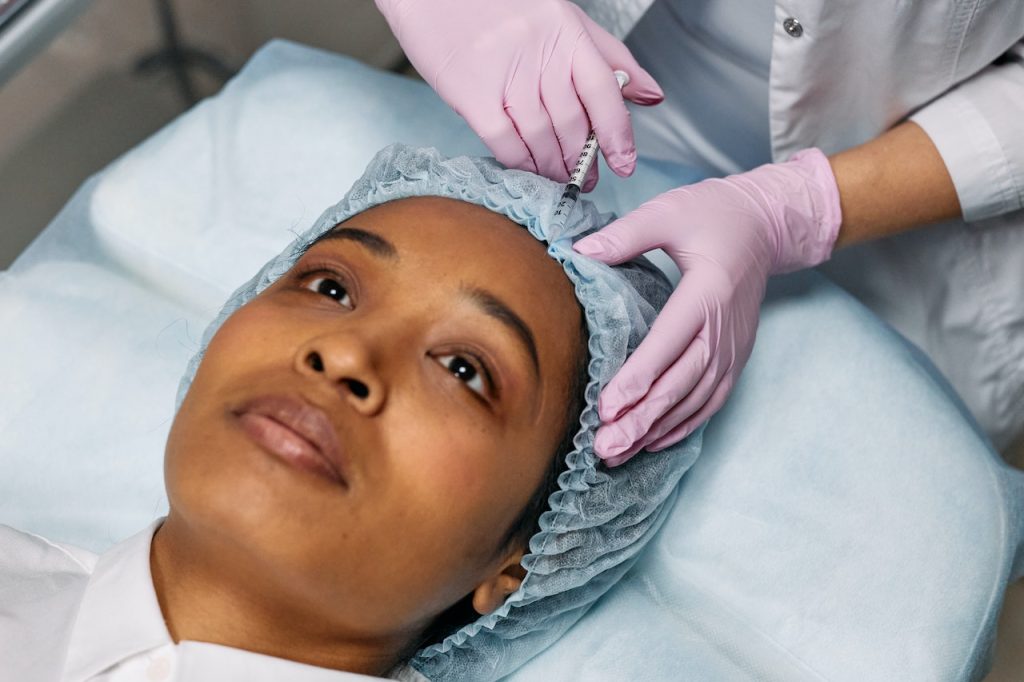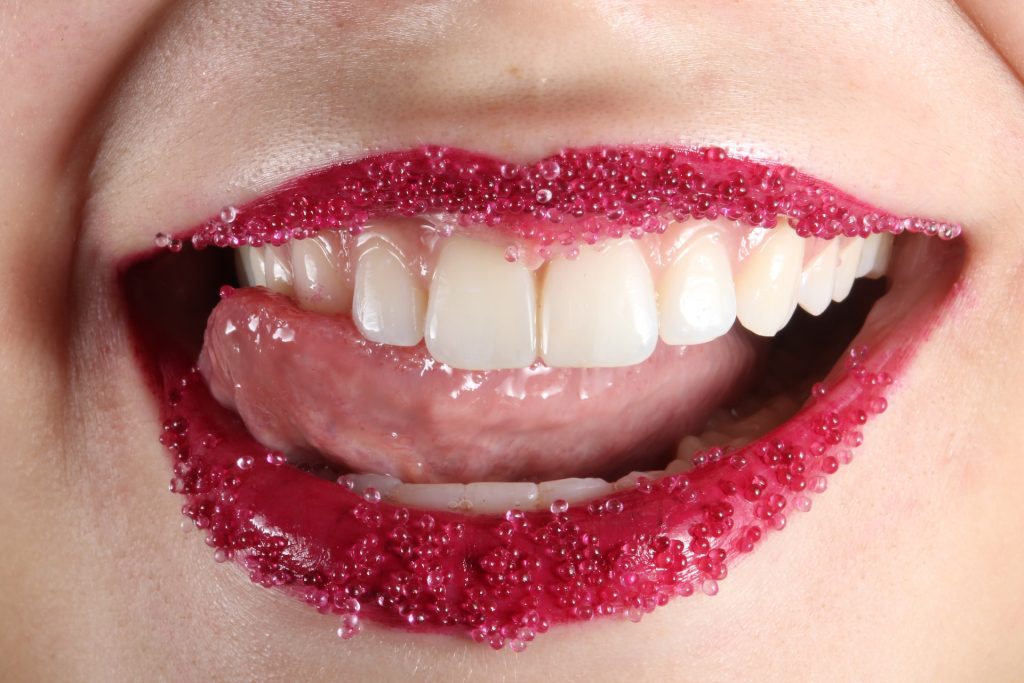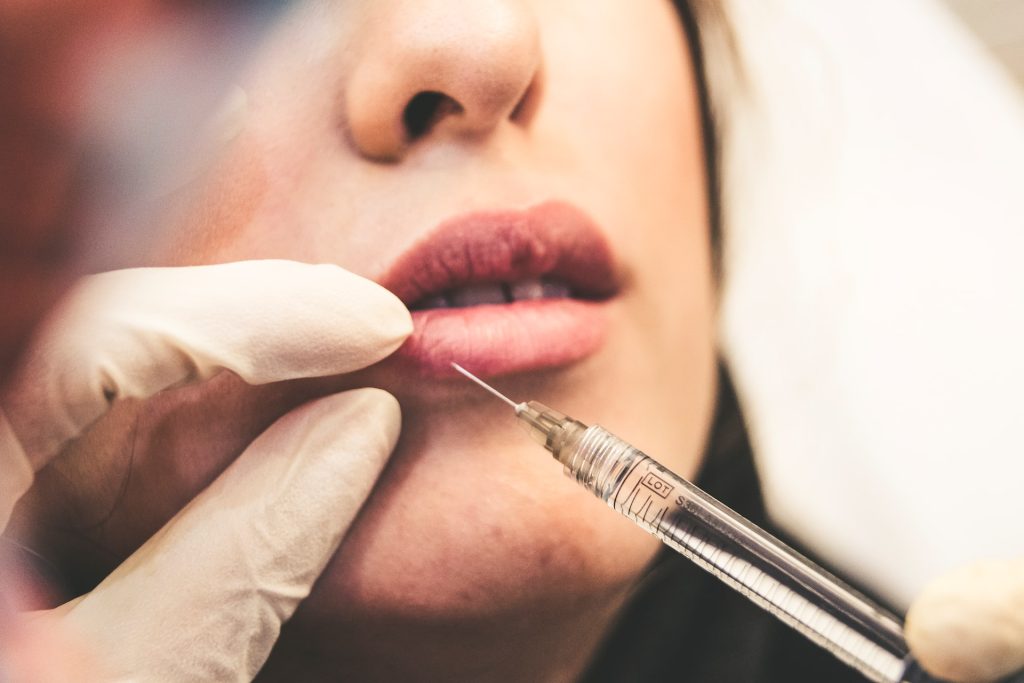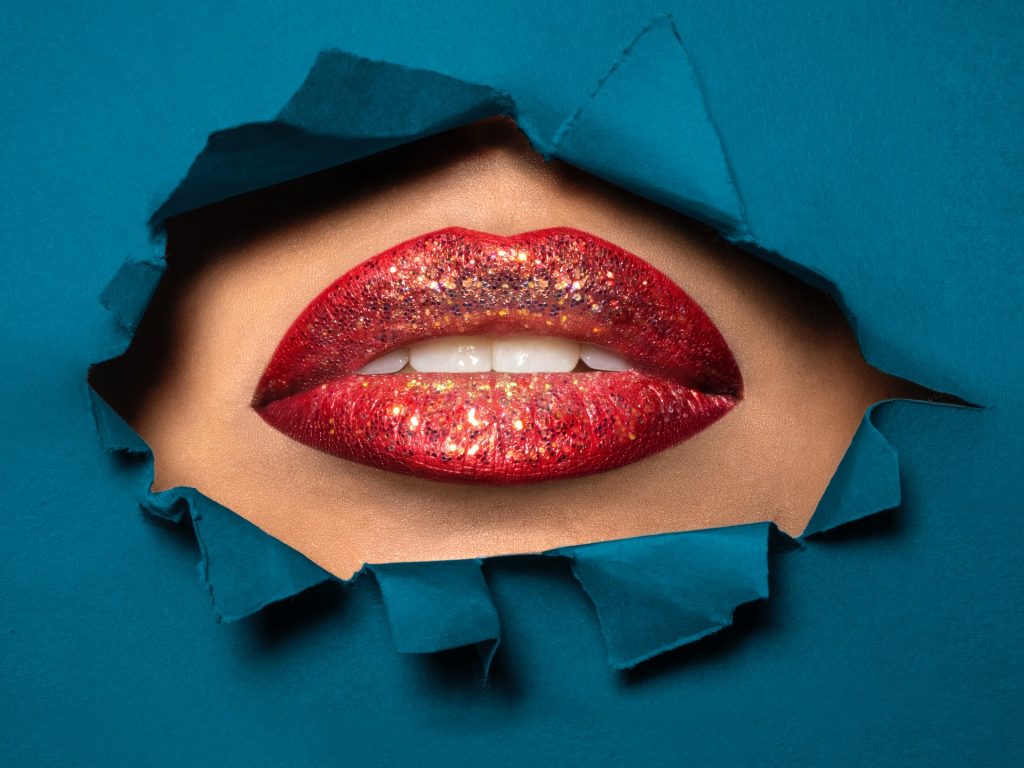With 2023 already on the horizon, the aesthetics business is embracing new trends. More people are opting for non-surgical treatment to perfect their looks.
The aesthetics industry is growing each year. It has seen first-hand the interest and desire for newness in the field that shows no signs of slowing down. Here are some of the top treatment trends we can see in 2023.
Poly-L-Lactic Acid Fillers (PLLA)
Expected to rise beyond 2023 are PLLA fillers or Poly-L-Lactic Acid Fillers. These fillers are set to dominate the market and trends in the new year.
PLLA fillers are bio-stimulatory fillers that restore volume to the injected area. These fillers are absorbable, semi-permanent and injectable implants that promote natural collagen formation. It builds volume in the injected area over an extended period.
More patients are moving towards a ‘natural look.’ They are adopting the ‘less is more approach. It is expected that patients will fawn over the PLLA filler movement. The gradual improvements appear over time.
Unlike the rapid evident outcomes achieved through the use of traditional fillers. PLLA fillers act harmoniously with the body to create natural results over time. It boosts the body’s natural collagen production. Thus, making this the perfect treatment for individuals seeking a more natural look.
Cherry Lips Treatment
With lip filler trends expanding, one approach piquing patients’ attention is cherry lips. Originally famous in Korea, ‘cherry lips’ refers to the outcome of filler treatment. The desire for a natural-looking finish lets patients opt for a more natural cherry lips treatment.
With the new trend, practitioners focus on filling only the centre sections of the top and bottom lip. The cherry lips technique is designed to give volume only to the middle part of the lip. It creates a look of four cherries. It gives your lips a soft pout that doesn’t sacrifice volume or lift.
Skin Booster
As part of the trend toward a more natural approach, patients will prioritise skin restoration before moving to facial volumization procedures. Following the 2022 skin booster boom, skin boosters will experience an even higher surge in the upcoming year as patients step up their skincare routines.
ThermageFLX Treatment
ThermageFLX uses radio frequency to thicken skin and boost collagen. The treatment gives you a smoother, firmer, and younger-looking complexion. This new treatment is excellent for strengthening the skin. It firms and tightens skin, especially around the neck and décolletage.
You’ll experience a quick chilling sensation from the treatment. There is a deep but fleeting heat sensation and another immediate cooling sensation. The chilling feeling guards the skin’s surface. The heat sensation is effective for tightening. You get instant results from the treatment. One Thermage FLX treatment can last up to 18 months.
Laser Genesis Treatment
A laser that uses millions of tiny pulses to heat the top layer of skin gently. This reduces skin redness, tightens pores, reduces wrinkles, and improves skin tone, texture, and scar appearance.
The Laser Genesis warms your skin. You must always wear protective glasses to prevent any harm from direct laser exposure. Following an immediate redness, which goes away in a few hours, your skin will have a lovely glow. As the body’s collagen production ramps and new skin cells reach the skin’s surface, the full results manifest in three to four weeks.
Skin Needling Treatment
Skin needling, called collagen-induction therapy, punctures the skin using a device with thin, sharp needle ends. This then stimulates the production of new collagen and elastin as part of the body’s normal response to a wound.
This treatment is ideal for skin that is starting to age, has enlarged pores, acne scars, pigmentation, or has acne scars. This treatment uses a device to generate tiny, pinpoint punctures in your skin’s outermost layers. Before the treatment, a numbing lotion is administered to the treatment region.
Clear + Brilliant Treatment
It is a mild skin-resurfacing procedure that is suitable for most skin types. To start your skin’s natural healing process, a gentle laser makes millions of minute thermal injuries to your skin.
This prompts your skin to produce more collagen and elastin. The production of collagen and elastin replaces damaged skin with healthy, younger-looking tissue.
It is perfect for anyone who has early symptoms of ageing. Also, for those wishing to improve their general skin health. The treatment is often referred to as the “red-carpet facial.”
Hollywood Lift Treatment
The Hollywood Lift by Ultraformer uses a high-intensity focused ultrasound technology. It is a non-invasive skin tightening and lifting procedure that targets the deeper layers of the skin with pinpoint accuracy.
The treatment is perfect for lifting sagging eyes and eyebrows. It is best for correcting undesirable sag and contouring around the jawline area. Hollywood lift treatment erases fine lines and wrinkles.
Most clients will notice a difference right away. The skin continues to tighten over the next three months as collagen rebuilds and replenishes the skin.
IPL Treatment (Intense Pulsed Lights)
To improve the colour and texture of your skin, non-invasive light waves harm pigment cells, which are then naturally shed by the skin. For individuals wishing for a better, brighter, younger-looking complexion, IPL is the go-to procedure! It addresses sun damage and minimises the visibility of rosacea, broken capillaries, freckles, and acne scarring.
The IPL device passes over your skin. Heating your superficial blood vessels and/or pigmentation by emitting light into the skin. To protect against harsh glare, safety goggles must be used.
Fraxel Dual Laser Treatment
A non-ablative fractionated laser called Fraxel penetrates the top layers of your skin. The hundreds of thousands of tiny columns promote collagen growth and new skin cells. The treatment is perfect for wrinkles, acne scars, and pigmented lesions. This treatment helps in achieving more transparent, healthier skin.
New Treatments For The New Year For A New You!
So there you have it, the top 10 treatment trends to expect in 2023! Some may sound a little out there, but remember – so did botox and vampire facials when they first came out! Maybe one (or all!) of these will become your new go-to. As always, be sure to consult with your physician before trying any new treatments.
You can check with faces about these treatments. Create a faces account to expect more for the new year.
